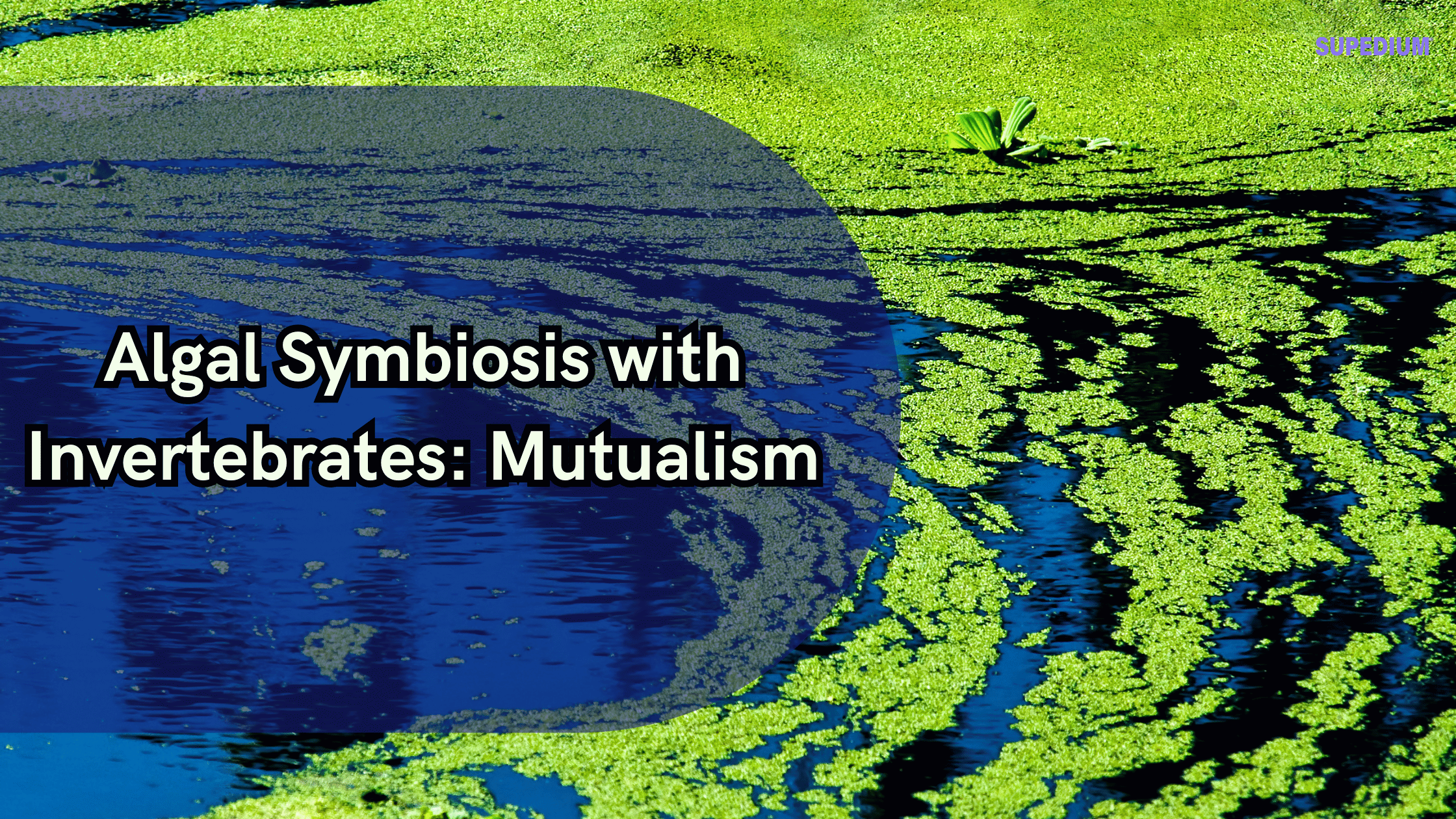Table of Contents
![]()
I. Introduction
Definition of Symbiosis
Symbiosis is a term used to describe the interaction between two different organisms living in close physical proximity. It encompasses several types of relationships, including mutualism, commensalism, and parasitism. This article focuses on mutualism, where both partners benefit from the interaction.
Overview of Algal Symbiosis
Algal symbiosis refers to the relationship between algae and their host organisms, particularly invertebrates. Algae play a crucial role in marine ecosystems as primary producers, contributing to oxygen production and serving as a food source for various organisms. The mutualistic relationships formed between algae and invertebrates are vital for the health of marine environments, offering insights into ecological dynamics and evolutionary processes.
Purpose and Significance
Understanding algal symbiosis with invertebrates is essential for grasping the complexities of marine ecosystems and the interdependencies that sustain them. The study of these relationships provides valuable information on biodiversity, resilience, and the impact of environmental changes on marine life.
II. Key Concepts in Mutualistic Relationships
Definition and Characteristics of Mutualism
Mutualism is characterized by interactions where both species involved gain benefits. These relationships can be categorized as obligate (where one or both species cannot survive without the other) or facultative (where the interaction is beneficial but not essential for survival). Mutualistic relationships are crucial for maintaining ecosystem stability and health.
Ecological and Evolutionary Importance
The co-evolution of symbiotic species can lead to unique adaptations that enhance survival. Mutualistic relationships contribute to biodiversity, and their disruption can have significant ecological consequences. By studying these relationships, scientists can gain insights into species interactions and ecosystem functioning.
III. Mechanisms of Algal Symbiosis
Photosynthetic Processes
Algae are photosynthetic organisms that convert sunlight into energy. In a mutualistic relationship with invertebrates, they provide the host with organic compounds derived from photosynthesis. This energy transfer is essential for the growth and health of many invertebrate species.
Nutrient Exchange
Invertebrates offer protection and a nutrient-rich environment for algae, creating a symbiotic cycle. For instance, in coral reefs, corals provide shelter for zooxanthellae (a type of algae), while the algae supply the corals with essential nutrients, enhancing their growth and resilience.
Communication and Recognition
Chemical signaling plays a crucial role in the establishment and maintenance of symbiotic relationships. Algae and their invertebrate hosts engage in molecular communication that allows them to recognize each other and regulate their interactions effectively.
IV. Examples of Algal Symbiosis with Invertebrates
Corals and Zooxanthellae
One of the most well-known examples of algal symbiosis is the relationship between corals and zooxanthellae. These photosynthetic dinoflagellates live within coral tissues, providing the corals with carbohydrates while receiving protection and access to sunlight in return. This relationship is vital for coral reef ecosystems, which support immense biodiversity. However, climate change and ocean acidification threaten this symbiosis, leading to coral bleaching and the decline of reef health.
Sea Anemones and Dinoflagellates
Similar to corals, sea anemones also form symbiotic relationships with dinoflagellates. This mutualism enhances the anemone’s energy acquisition while providing the algae with a safe habitat. Different species of sea anemones exhibit various adaptations that facilitate this relationship, showcasing the diversity of mutualistic interactions in marine ecosystems.
Marine Sponges and Symbiotic Algae
Marine sponges harbor various symbiotic algae within their tissues. These algae contribute to the sponge’s nutrient supply through photosynthesis, while the sponge provides a protective environment. Research has shown that this relationship is critical for the survival of certain sponge species, highlighting the importance of symbiosis in marine food webs.
Other Invertebrates (e.g., Mollusks, Flatworms)
Algal symbiosis is not limited to corals and sea anemones; various other invertebrates, such as certain mollusks and flatworms, also engage in mutualistic relationships with algae. These associations vary widely in their ecological roles and benefits, demonstrating the adaptability and versatility of symbiotic interactions in marine environments.
V. Factors Influencing Algal-Invertebrate Symbiosis
Environmental Conditions
Several environmental factors influence the dynamics of algal-invertebrate symbiosis. Temperature, light availability, and water quality are critical determinants of the health of these relationships. Changes in ocean conditions, such as increased temperatures and decreased pH, can disrupt the delicate balance of mutualism.
Host-Symbiont Compatibility
Genetic compatibility between host organisms and their algal symbionts plays a significant role in the success of mutualistic relationships. Host species may exhibit specific adaptations that allow them to cultivate and maintain particular types of algae, enhancing the stability of the symbiosis.
Human Impact
Human activities, including pollution and habitat destruction, pose significant threats to algal-invertebrate symbiosis. Climate change leads to altered ocean conditions that can destabilize these relationships. Conservation efforts aimed at protecting these ecosystems are crucial for maintaining biodiversity and ecological health.
VI. Research and Future Directions
Current Research Trends
Research on algal symbiosis is increasingly focused on molecular biology and genomics to understand the intricacies of these interactions. Scientists are exploring how symbiotic relationships contribute to ecological resilience and adaptability, especially in the face of environmental stressors.
Challenges in Studying Algal Symbiosis
The complexity of interactions between symbiotic partners presents challenges in research. Additionally, ethical considerations regarding the manipulation of natural systems must be addressed. As the field progresses, developing non-invasive methods to study these relationships becomes essential.
Future Implications
Understanding algal-invertebrate symbiosis has significant implications for conservation biology. By uncovering the mechanisms underlying these relationships, researchers can develop strategies to protect vulnerable ecosystems and enhance their resilience to climate change.
VII. Conclusion
Summary of Key Points
Algal symbiosis with invertebrates represents a fascinating and vital aspect of marine ecosystems. The mutualistic relationships formed between algae and invertebrates not only enhance the survival of individual species but also contribute to the overall health of marine environments.
The Role of Algal-Invertebrate Symbiosis in Ecosystem Health
These relationships underscore the interconnectedness of life in oceanic ecosystems. As we face increasing environmental challenges, understanding and preserving these symbiotic partnerships will be crucial for maintaining biodiversity and ecological integrity.
Call to Action for Research and Conservation Efforts
Continued research and concerted conservation efforts are essential to protect the delicate balance of algal-invertebrate symbiosis. By fostering awareness and implementing sustainable practices, we can help safeguard the future of these vital relationships and the ecosystems they support.
Share This





Be the first to comment